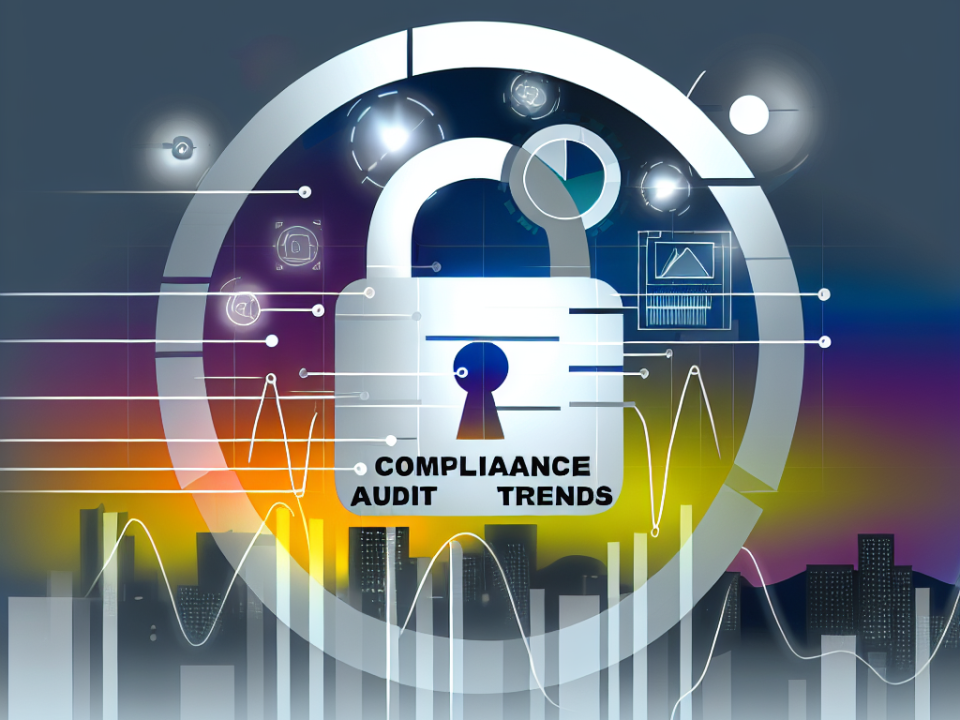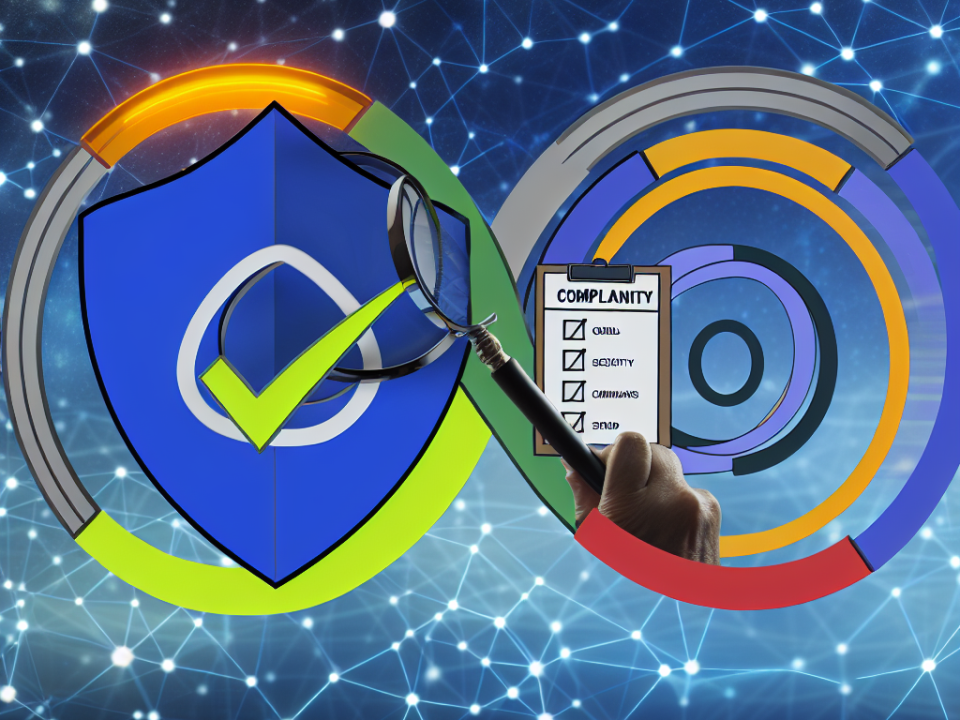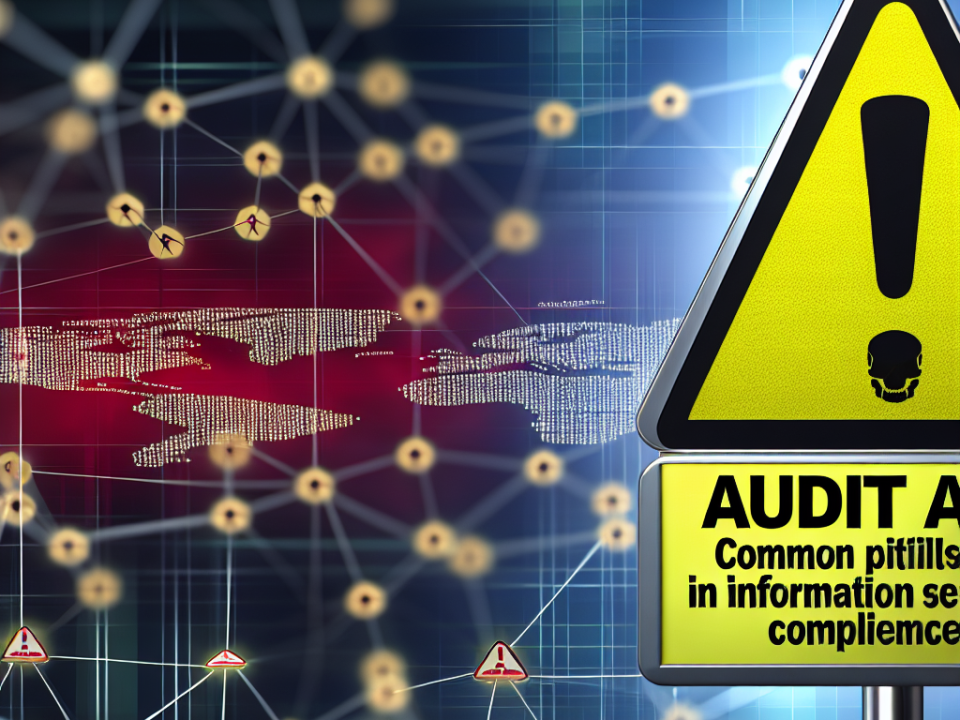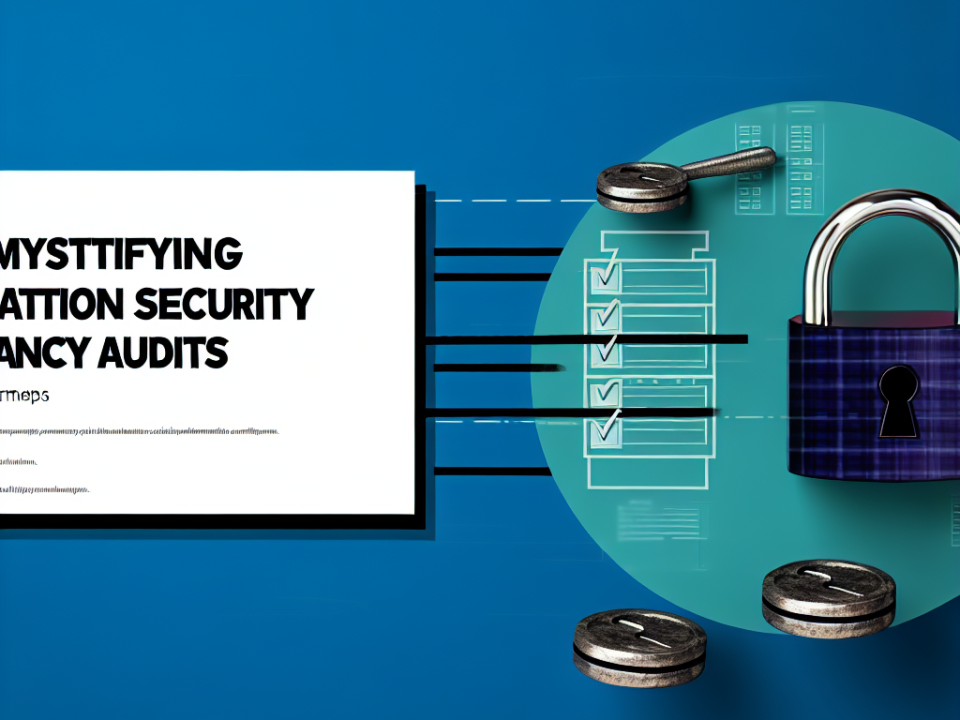
Navigating Cloud Security: Protecting Your Infrastructure in a Digital Era
July 1, 2025
From Vulnerability to Vigilance: Enhancing Your Cloud Infrastructure Security
July 2, 2025
In an increasingly digital world, data breaches and cyber threats have become prevalent, leading organizations to prioritize security and compliance. For businesses, understanding and navigating the maze of security compliance requirements is not just a regulatory obligation but also a critical component of maintaining customer trust and safeguarding sensitive information.
The Importance of Security Compliance
Security compliance refers to the adherence to laws, regulations, and standards that govern the protection of data and information systems. This is crucial for several reasons:
-
Legal Obligations: Many industries are subject to specific regulatory frameworks, such as HIPAA for healthcare, PCI DSS for payment card transactions, and GDPR for data protection in the European Union. Non-compliance can result in hefty fines and legal repercussions.
-
Reputation Management: A breach due to non-compliance can severely damage a company’s reputation and erode customer trust. Businesses that prioritize security compliance demonstrate a commitment to protecting their stakeholders.
- Operational Efficiency: Following compliance frameworks can lead to improved operational practices, as they often incorporate best practices for security management.
Key Compliance Frameworks
Understanding which compliance standards apply to your business can be daunting, with numerous frameworks encompassing different sectors and regions. Here are some of the most widely recognized standards:
1. HIPAA (Health Insurance Portability and Accountability Act)
Applicable to healthcare providers, payers, and their business associates, HIPAA sets the standard for protecting sensitive patient information. Organizations must ensure that proper safeguards are in place to secure electronic healthcare data.
2. PCI DSS (Payment Card Industry Data Security Standard)
This standard is designed for businesses that handle credit card transactions. It sets security measures that businesses must follow to protect cardholder information from theft and fraud.
3. GDPR (General Data Protection Regulation)
For businesses that operate in the EU or handle the data of EU citizens, GDPR imposes strict rules on data privacy and protection. Key aspects include obtaining explicit consent for data processing, the right to be forgotten, and stringent data breach notification requirements.
4. SOX (Sarbanes-Oxley Act)
Primarily applicable to publicly traded companies, SOX aims to protect shareholders by ensuring accurate reporting and accountability in financial practices. It also has implications for IT security as it relates to financial data integrity.
5. NIST (National Institute of Standards and Technology)
NIST has developed a cybersecurity framework that provides a flexible approach for organizations across various sectors to manage and reduce cybersecurity risks. It is widely adopted in both public and private sectors.
Steps to Establish Compliance
Achieving compliance is an ongoing process that involves several critical steps:
1. Conduct a Risk Assessment
Identify the sensitive data your business handles and evaluate potential risks associated with its processing, storage, and transmission. This assessment will guide your compliance strategy.
2. Develop Policies and Procedures
Create robust security policies that adhere to the compliance requirements applicable to your organization. Ensure all employees are trained on these policies and understand their role in maintaining compliance.
3. Implement Security Measures
Invest in the necessary technologies and practices, such as encryption, access controls, and regular security audits, to safeguard sensitive data effectively.
4. Continuous Monitoring and Auditing
Compliance is not a one-time effort. Regularly review and update your security measures to adapt to new threats and changing regulations. Conduct internal audits and consider third-party assessments for an unbiased viewpoint.
5. Stay Informed
Regulations can evolve, and staying informed about changes in compliance requirements is crucial. Join industry associations or subscribe to newsletters that provide updates on regulatory changes and best practices.
Overcoming Compliance Challenges
Businesses often face challenges, including resource constraints and the complexity of regulatory environments. To overcome these hurdles:
-
Invest in Training: Regularly train employees on security awareness and compliance requirements to foster a culture of security.
-
Leverage Automation: Use compliance management software to streamline processes, monitor compliance status, and manage documentation efficiently.
- Consult Professionals: Engage with compliance specialists or legal advisors who understand the specific requirements of your industry.
Conclusion
Navigating the intricate landscape of security compliance may seem overwhelming, but it is essential for the longevity and success of any business. By understanding the key regulations that apply to your organization, investing in appropriate security measures, and maintaining a proactive approach, businesses can not only achieve compliance but also reinforce their reputation and trust with customers. As cyber threats evolve, the commitment to security compliance will remain a cornerstone of effective business strategy in a digital landscape.







